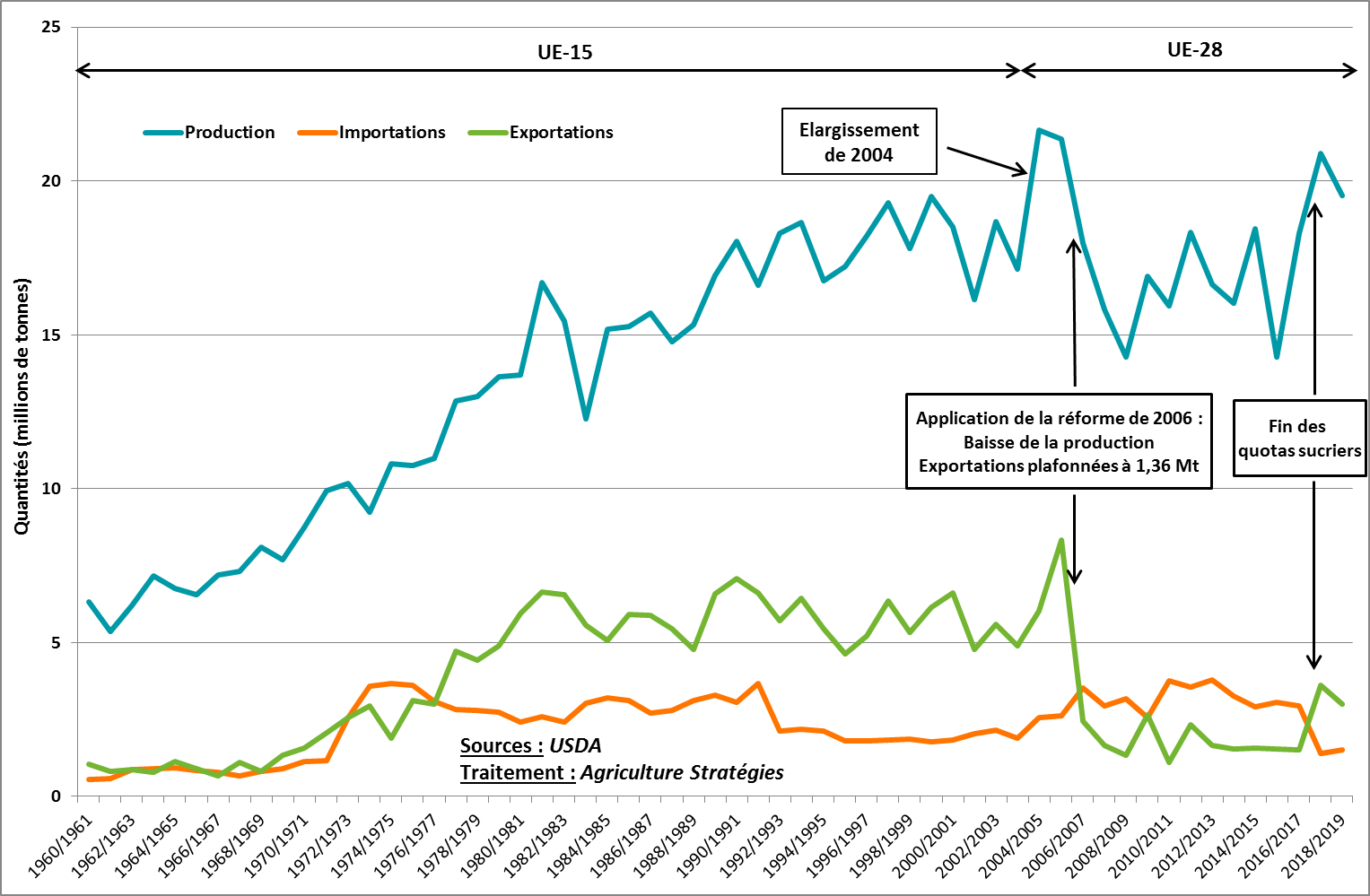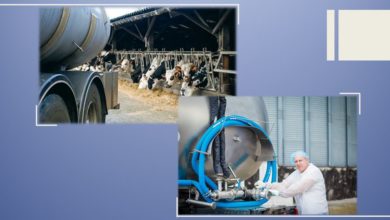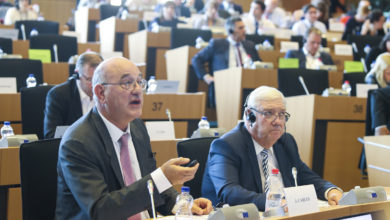
The European Court of Auditors has just published two reports1 that will certainly feed the debate on the next CAP. Decoupled aid from the 2013 reform – basic payments and green payments – has been scrutinized, and listeners do not mince words.
What should we remember?
For basic payment entitlements, the auditors believe that “the scheme is operationally on track, but that
its impact on simplification, targeting and the convergence of payment levels is limited”. It should be noted in particular that France and England are selected as the two countries having experienced the most damaging implementation difficulties: “In France, the paying agency was still in the process of calculating the definitive value of the 2015 BPS payment entitlements in May 2017 and had not formally allocated them
to farmers ” and in England ” a new computer system for processing claims did not perform as expected and forced the paying agency to return to paper applications “.
In addition, the auditors consider that the use of the definition of “active farmer” to better target the beneficiaries has allowed several countries such as Spain and Italy to obtain good results through the mobilization of administrative data. Conversely, they point out that although the convergence of the level of payments was an objective in its own right, it may have led to increasing the amounts of aid from certain farmers without this being justifiable.
But above all, the Court of Auditors insists on the major contradiction inherent in decoupled payment: it is income aid whose payment “does not take account of market conditions, use of agricultural land or the individual circumstances of the holding, and it is not based on an analysis of the overall income situation of farmers”.
Auditors therefore feel that they cannot “could not assess yet the full effects of the 2013 CAP reform on the income of farmers and the viability of their holdings” because “the objective of the Treaty to ensure a fair standard of living of farmers and the general CAP objective of viable food production and farmers’ incomes have not been translated into measurable targets yet and there is no baseline to which the results achieved could be compared.”
“Greening […] is unlikely to provide significant
benefits for the environment and climate”
Examination of the greening of the first pillar, which consisted in the creation of green payments of a fixed amount of about € 80 per hectare, conditioned on the respect of 3 criteria (maintenance of grasslands, diversity of rotations and establishment of areas of ecological interest) also leads to more than mixed conclusions.
Without referring directly to it, the Court of Auditors makes clear that a basic principle of economic policy is that giving two objectives to an instrument is the best way to make it ineffective2. For auditors, greening has two objectives: “enhancing the CAP’s environmental and climate performance” and “supporting farmers’ income”, even if “only the first of these two objectives is expressly formulated in legislation”.
Crossing several studies and valuations, the Court estimates that between 2% and 4.5% of agricultural land have changed their assignment because of the greening criteria. It also cites two studies based on modeling work that respectively quantify at + 1% and -1% the effect of greening on farmers’ income across Europe. In addition, the ratio of permanent grassland has increased slightly from 28.6% to 30.1% of the agricultural area declared to receive aid. However, this increase would result from the decline in the area declared and a broader definition of permanent grassland than in the past: the actual area of permanent grassland continued to decline from 47 Mha to 44 Mha between the 2007-2014 reference period and the year 2016.
The auditors note that “the budget for greening is not based on an estimate of the economic value of the
expected environmental and climate benefits” while acknowledging that “translating environmental benefits into monetary terms poses considerable difficulties” especially since no quantified targets had been established.
In the end, it should be noted that competition between the two objectives could not lead to a high level of environmental requirements. If the Court argues that the initial ambition of the Commission was stronger, the fact is that the choices of the States were often directed in the optics ” limit the burden on farmers” rather than “to maximise the expected environmental and climate benefit “. Also, the Court recognizes the near-duplication between green payment and the pre-existing rules of environmental conditionality: “Greening resembles GAECs [Good Agricultural and Environmental Condition] in that it is also, essentially, a set of basic environmental conditions applicable to income support. What sets it apart from GAECs is the higher potential penalties for non-compliance.”
Stop or more?
This report depicts the greening introduced in 2013 not as a real agri-environmental policy but as a “greenwashing” attempt for income aids distributed blindly, in a logic of annual budget consumption. The greening of the 1st pillar argument has certainly been very useful in limiting the drop in the CAP budget in the budget debates between 2011 and 2013, an unprecedented period of high agricultural prices. But just as it is better not to run two hares at once, to give the same instrument two objectives – income support and resource protection – just as important as the other is a guarantee of inefficiency. Let us hope that we take these lessons from the Court of Auditors in order to improve the CAP by seeking the efficiency of public expenditure and a real Community added value by really seeking to achieve these objectives with the appropriate tools, any other evolution would be seen as a dressing up of the status quo.
In the end, the analysis of the auditors of the European Court of Auditors confirms Agriculture Stratégies’ analysis: we will not be able to do without a reinforcement of the tools allowing the farmers to be paid fairly for their productions because without a greater security for their core business they will not be able to take the risks associated with changing to more environmentally friendly practices. In other words, if the CAP does not restore the means to ensure a fair standard of living for farmers, it will be doomed to fail in the protection of natural resources. Proposals along these lines will be presented shortly by Agriculture Strategies.
Jacques Carles, President of Agriculture Strategies
Frédéric Courleux, Director of Studies at Agriculture Strategies
1 https://www.eca.europa.eu/fr/Pages/DocItem.aspx?did=44179 et https://www.eca.europa.eu/fr/Pages/DocItem.aspx?did=45158
2 Cf Tinbergen’s consistency rule that the number of instruments should be equal to the number of objectives












